By Al Hemingway
It has long been common knowledge to most historians and followers of World War II history in the European Theater, that the Soviet Union defeated Nazi Germany on the Eastern Front. Initially surprised when German troops pushed deep into Russia in 1941 during Operation Barbarossa, the Red Army quickly reorganized and drove the invaders from their country.
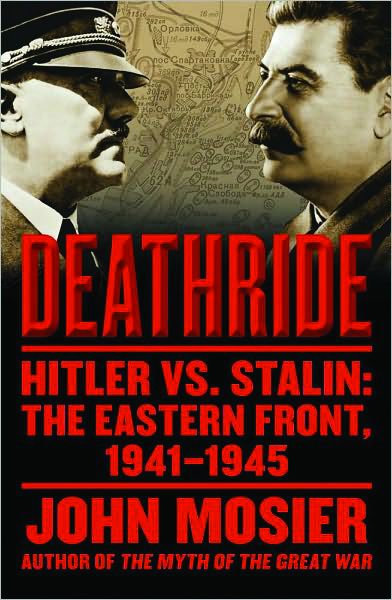 However, Loyola University Professor John Mosier presents an entirely different view of the turn of events that began in 1941 and continued for three bloody years, in his new book Deathride: Hitler vs. Stalin: The Eastern Front, 1941-1945 (Simon & Schuster, New York, 2010, 470 pp., notes, index, $30.00, hardcover).
However, Loyola University Professor John Mosier presents an entirely different view of the turn of events that began in 1941 and continued for three bloody years, in his new book Deathride: Hitler vs. Stalin: The Eastern Front, 1941-1945 (Simon & Schuster, New York, 2010, 470 pp., notes, index, $30.00, hardcover).
Mosier claims that events of the Great Patriotic War, as it is referred to in the Soviet Union, would eventually lead to the downfall of communism. It was through Russian leader Josef Stalin’s insecurities, jealousies, lies, and paranoia that his army was nearly beaten by a superior German force.
Prior to the onset of World War II, Mosier points to two relatively unknown individuals, one Russian and one German, whose premature deaths had, in his opinion, a profound impact on the outcome of the fighting on the Eastern Front.
First noted is German Walter Wever, who was recognized as one of Adolf Hitler’s premier generals. After a stellar career in World War I, Wever rose rapidly within the ranks of the German Army. Although fascinated by airplanes, he was not a pilot. Nonetheless, he transferred to the Luftwaffe and, amazingly, was promoted to chief of staff of the air force. His concept of strategic and long-range bombing was innovative and way ahead of its time. Wever was killed in a plane crash when he was learning to become a pilot. His ideas were ignored, and his strategic bomber force never came to fruition.
Likewise, Russian General Mikhail Tukhachevsky also died an early death. He graduated from the prestigious Aleksandrovskoye Military Academy and rapidly rose through the ranks because of his military ability. He spent the time after World War I attempting to organize a modern army and relying heavily on education, training, and logistics. He quickly realized that war with Germany was inevitable and went about trying to implement his plan.
Unfortunately, Stalin’s fears and deep-rooted suspicions of anyone trying to improve the Russian Army prompted him to arrest, imprison, torture, and eventually kill Tukhachevsky. One of the Soviet Union’s brilliant military minds who might have played a decisive role on the Eastern Front was gone.
After the war, Stalin perpetuated the myth that his superior numbers and advanced technology defeated Hitler’s juggernaut. According to Mosier, nothing could be further from the truth. In reality, Stalin was ready to sacrifice 27 million of his countrymen to be the victor.
“In the main, Hitler lost the war against Stalin because of decisions that he himself made, not because he was overwhelmed and defeated on the field of battle by a superior enemy,” writes Mosier.
Although Stalin bragged about the prosperity of his country, the charismatic leader had Western officials, reporters, and others bamboozled. Russia’s agricultural collective farms were in shambles, its electrical grid nonexistent, its technology was at a virtual standstill, and its army nothing more than a mob.
Because of his fear and mistrust of anyone who disagreed with him, Stalin sent millions to slave labor camps, and to their deaths. Many of these individuals were the cream of the crop of Russian engineers, military strategists, doctors, and teachers. His delusional behavior nearly allowed Hitler victory on the Eastern Front—causing the death of an estimated 30 million on both sides—and eventually bringing about the collapse of the Soviet Union decades later.
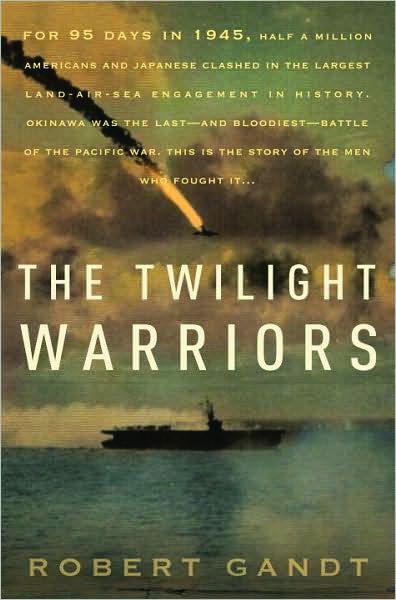 The Twilight Warriors by Robert Gandt, Broadway Books, New York, 2010, 400 pp., notes, glossary, photos, $24.99, hardcover.
The Twilight Warriors by Robert Gandt, Broadway Books, New York, 2010, 400 pp., notes, glossary, photos, $24.99, hardcover.
As the Allies inched their way closer to the home islands of Japan in early 1945, the top planners were still unsure of the route they wanted to take. With the exception of General Douglas MacArthur’s insistence on returning to the Philippines to fulfill his “I shall return” promise, Admiral Chester Nimitz had pushed for the invasion of Formosa. However, it was the straight-laced, mild-mannered Vice Admiral Raymond Spruance who convinced the irascible Chief of Naval Operations, Admiral Ernest King to bypass Formosa and instead strike at the island of Okinawa. Spruance explained that by seizing it, the Allies could then block all of Japan’s supply lines in the East China Sea. Spruance’s superiors listened to him, and the bloody 90-day struggle for Okinawa would prove to be the worst in naval history in terms of casualties and loss of ships and aircraft.
The author, a former U.S. Navy fighter pilot, not only highlights the major events of the epic struggle but also focuses on Carrier Air Group 10 which flew Vought F4U Corsair fighter planes from the deck of the aircraft carrier USS Intrepid. He spent many hours interviewing the survivors who flew during the battle. He also talked to the sailors who experienced the terrible kamikaze attacks that struck the “Fighting I” on April 16, 1945. Eight men were killed and another two wounded when the enemy aircraft plunged into the flight deck. Due to the herculean damage control efforts of the crew, the fire was extinguished and the Corsairs were once again landing on the deck of the Intrepid.
When the battle was over in mid-June 1945, a total of 768 U.S. aircraft had been lost, 28 Allied ships were sunk, and another 368 were damaged. The U.S. Navy sustained nearly 10,000 casualties during the three-month operation. Many of the young, inexperienced pilots in the air group would taste their first combat during the struggle for Okinawa.
“Nearly two years of waiting and training and worrying that the war would end before they got there were behind them,” writes Gandt. “The moment would remain fixed in their memories for the next half century.”
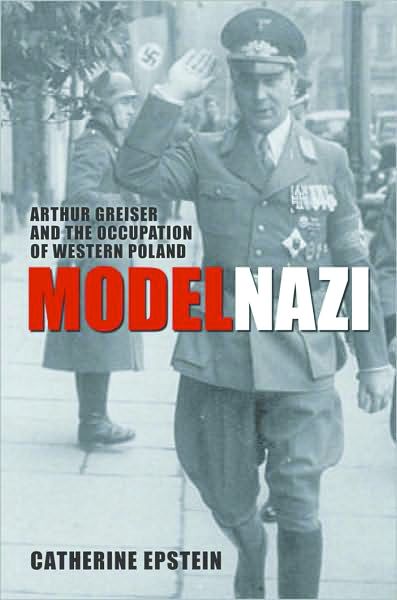 Model Nazi: Arthur Greiser and the Occupation of Western Poland by Catherine Epstein, Oxford University Press, New York, 2010, 451 pp., notes, index, photos, $45.00, hardcover.
Model Nazi: Arthur Greiser and the Occupation of Western Poland by Catherine Epstein, Oxford University Press, New York, 2010, 451 pp., notes, index, photos, $45.00, hardcover.
With the fall of communism, the historical floodgates were swung wide open, including the availability of information dealing with the battles, strategies, and personalities of World War II. Prior to this, historians were in the dark and often had to speculate on subjects that related to the Eastern Front during the conflict.
One such individual who has remained something of a mystery until now was Arthur Greiser, a prominent Nazi leader in Poland. An extremely vain and ambitious man, Greiser was the territorial leader of an area of Poland known as the Warthegau, or simply the Gau, a portion of western Poland that had been annexed to Germany in 1939. His ruthless edicts included the transportation and deaths of thousands of Jews and Poles from the region.
Greiser also implemented a radical plan that would make the region totally German, wiping out any vestiges of Polish culture. He wanted his Gau to be the blueprint for other countries and “show the way to the Third Reich’s future.” His “virgin territory” soon became noted for its industrialization, utilizing Poles and Jews as the slave labor. It also witnessed the very first concentration camp at Chelmno, where gas chambers were first used to kill Jews.
The author paints a picture of a ruthless and insecure individual, filled with an insatiable desire to serve Adolf Hitler and the Nazi state. Ironically, to his close friends and family he projected a kind, fatherly image. Indeed, Greiser was a very complex man.
After the war, 15,000 Poles gathered at the Citadel in Poznan to witness his execution. It remains a mystery why he, or others in the same situation, commit horrible crimes against humanity.
“Precisely because it was so far from the Nazi ideal, Greiser’s Gau did become a model,” writes author Catherine Epstein, “a model of Nazi brutality.”
 End Game Burma: Slim’s Masterstroke at Meiktila by Michael Pearson, Pen & Sword Books, South Yorkshire, UK, 2010, 150 pp., notes, index, photos, maps, $32.00, hardcover.
End Game Burma: Slim’s Masterstroke at Meiktila by Michael Pearson, Pen & Sword Books, South Yorkshire, UK, 2010, 150 pp., notes, index, photos, maps, $32.00, hardcover.
By early 1945, a plan had been set in motion to trap and destroy the Japanese forces in Central Burma, seize the capital of Rangoon, and eventually retake the entire country with little or no opposition. To achieve this, British Lt. Gen. William Slim split his 14th Army and sent his IV Corps 300 miles over treacherous terrain to destroy Japanese railroads and the enemy’s main supply depot at Meiktila.
Slim kept his plan under wraps so the Japanese would believe they were being attacked by his entire army and not just a single corps. Like any operation in the Burma campaign, the volatile weather always played an important factor in the outcome. Thick jungle, disease, and the incessant downpours wrecked havoc on men and material.
As soon as the Indian 19th Division made its way across the Irrawaddy River, it came under attack from the Japanese 15th Division. Despite these constant engagements and a shortage of assault boats, Slim’s forces crossed the river and moved toward Meiktila.
“[This] was the longest opposed river crossing attempted in any theatre of the Second World War,” Slim wrote later write in his memoirs. By the end of March, the siege of Meiktila was over. Weakened by months of jungle combat, the Japanese army had virtually ceased to be a cohesive fighting unit. By May 1945, the city of Rangoon had fallen into Allied hands. Slim’s “masterstroke” had paid off.
 The Roer River Battles: Germany’s Stand at the Westwall, 1944-45 by David R. Higgins, Casemate, Havertown, PA, 2010, 264 pp., notes, bibliography, photos, $32.95, hardcover.
The Roer River Battles: Germany’s Stand at the Westwall, 1944-45 by David R. Higgins, Casemate, Havertown, PA, 2010, 264 pp., notes, bibliography, photos, $32.95, hardcover.
Optimism for a rapid Allied victory ran high after the successful landings at Normandy in June 1944, but quickly dissolved in the ensuing months as retreating German forces began to reorganize and put up a stiffening resistance to the Allied advance across Western Europe. German General Walther Model, often referred to as the “Lion of Defense,” did a masterful job in blocking the Allied advance into France and Belgium.
Like the Allies, however, the Germans also overstretched their supply lines, but not before dealing devastating losses to Lt. Gen. Courtney Hodges’s First Army in the bloody fighting at the Hürtgen Forest. The battleground was an infantrymen’s nightmare—50 square miles of thick undergrowth and towering trees—that had been meticulously prepared with machine gun emplacements, mines, mortars, and artillery fire.
It would be mid-December 1944 before the Allied forces reached the west bank of the Roer River. In early February 1945, the Roer River dams were finally seized, marking the end of the brutal struggle that claimed 24,000 dead and wounded and another 9,000 casualties from disease and combat fatigue.
One of the main reasons for Germany’s surrender in May 1945 would be the pressure applied by Allied forces that finally pushed their way to the Roer River.
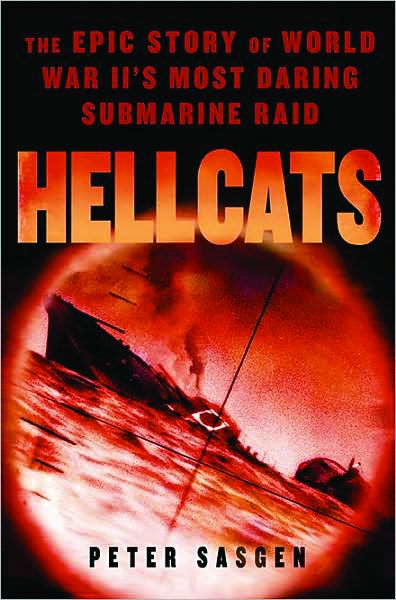 Hellcats: The Epic Story of World War II’s Most Daring Submarine Raid by Peter Sasgen, NAL Caliber, New York, 2010, 352 pp., notes, bibliography, $26.95, hardcover.
Hellcats: The Epic Story of World War II’s Most Daring Submarine Raid by Peter Sasgen, NAL Caliber, New York, 2010, 352 pp., notes, bibliography, $26.95, hardcover.
With the release of declassified World War II documents, a plethora of new books have been published dealing with the numerous secret operations, equipment, and strategies including details that had not been disclosed in the past because of their secrecy.
Peter Sasgen, a Navy veteran himself and son a World War II submariner, has written an intriguing account of the Hellcats, nine submarines equipped with a new sonar system that would guide them past the mines that encircled the Sea of Japan, allowing them to sink or destroy as many Japanese supply ships as they could. Many who participated believed their first war patrol was a suicide mission, but they also felt that if it could shorten the war and save lives it was worth the risk. The top secret mission was code-named Operation Barney.
Vice Admiral Charles Lockwood, a dedicated sub commander, forged ahead with the plan, not knowing that the atomic bomb was ready for use.
Tragically, one of the vessels, the USS Bonefish and its crew of 85 were lost in the Sea of Japan. The author was able to obtain letters from the captain of the Bonefish, Commander Lawrence Lott Edge, which he wrote to his wife Sarah. Many of them contain poignant passages that illustrate a more human side to the men of the submarine service.
Sasgen has penned a fascinating book that describes one of the lesser-known operations of World War II. Operation Barney was shrouded in secrecy but has now been brought to light to pay tribute to those who were involved in it and to those who paid the supreme sacrifice.
 Looking for Mr. Smith: Seeking the Truth Behind the Long Walk, the Greatest Survival Story Ever Told by Linda Willis, Skyhorse Publishing, New York, 2010, 272 pp., index, $24.95, hardcover.
Looking for Mr. Smith: Seeking the Truth Behind the Long Walk, the Greatest Survival Story Ever Told by Linda Willis, Skyhorse Publishing, New York, 2010, 272 pp., index, $24.95, hardcover.
When The Long Walk was first published in 1956, it became an instant bestseller. It describes the traumatic 1941 escape from a Russian slave camp by seven prisoners—three Poles, one Latvian, a Lithuanian, a Balkan clerk, and a mysterious American known only as Mr. Smith. During their trek through the bone-chilling Siberian countryside, they encounter a young Polish girl who joins their ranks after she has fled a collective farm after one of her bosses attempted to rape her.
The group’s unbelievable adventures in avoiding capture, surviving the weather, and obtaining food, are the stuff of movies. In fact, Colin Farrel and Ed Harris are starring in a film based on the book to be released in the fall of 2011.
Willis has done some meticulous and incredible research to corroborate the stories of Slavomir Rawicz, a Polish Army veteran, and the others who survived their arduous trek all the way to India and freedom. She also became a modern-day Sherlock Holmes in attempting to uncover the true identity of the illusive Mr. Smith. Was he an American-born communist sympathizer who had been betrayed or an innocent worker who had been falsely arrested and imprisoned?
The author has written a gripping account of her research to uncover the truth. The combination of this astonishing tale of human courage and strength against overwhelming odds and Willis’s years of painstaking research make it a real winner.
Short Bursts
 The Last Good War: The Faces and Voices of World War II photographs by Thomas Sanders, text by Veronica Kavass and introduction by Hampton Sides, Welcome Books, 2010, 224 pp., index, photos, $45.00, hardcover.
The Last Good War: The Faces and Voices of World War II photographs by Thomas Sanders, text by Veronica Kavass and introduction by Hampton Sides, Welcome Books, 2010, 224 pp., index, photos, $45.00, hardcover.
Thomas Sanders was on a mission. The young photographer scoured the country looking to photograph veterans of World War II. As he took their photos, they began to tell tales of their service during the conflict. Sanders became fascinated and decided to gather his photos for a book and tell their stories so people would never forget the tremendous sacrifices made by the men and women of that era.
Writer and interviewer Veronica Kavass joined Sanders as they sought those who not only fought in all the theaters of the war but also those on the home front who performed other important tasks for the war effort. Some of the 200 black-and-white and color photos are quite compelling. Etched in the faces of the subjects are more than six decades of memories and experiences of a generation of Americans who saved the world for democracy.
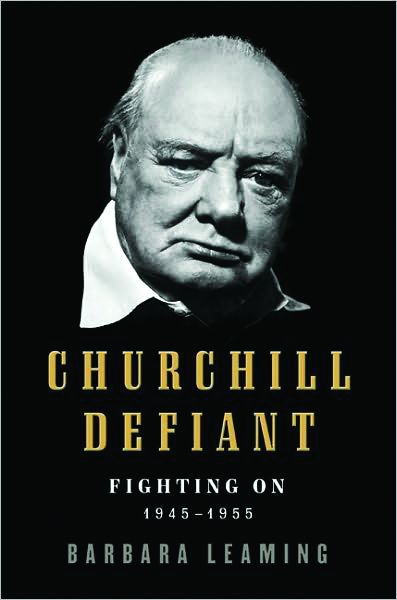 Churchill Defiant: Fighting On, 1945-1955 by Barbara Leaming, HarperCollins, New York, 2010, 384 pp., index, notes, $26.99, hardcover.
Churchill Defiant: Fighting On, 1945-1955 by Barbara Leaming, HarperCollins, New York, 2010, 384 pp., index, notes, $26.99, hardcover.
At the end of World War II, British Prime Minister Winston Churchill was defeated and tossed from power. However, the elder statesmen was certainly a man to be reckoned with. It was not the first time that the old warhorse had been unceremoniously rejected by the British people or by the nation’s government.
The author describes in detail how Churchill clawed his way back into the political limelight. His return prompted him to convince the U.S. to attempt to negotiate with the Soviets. Churchill did not want a repeat of World War II, this time in the nuclear age.
Chuchill was also involved in political infighting within his own party with individuals such as Anthony Eden, who wanted to succeed him as prime minister. The last 10 years of his political life, in many ways, may have been the most important of his career. When he finally resigned from office, he was met by a throng of well-wishers.
“His eyes filled with tears as he gave the V-sign,” writes Leaming of his temporary return to 10 Downing Street. “Then he disappeared inside and the door closed after him.”
 Longshore Soldiers: Life in a World War II Port Battalion by Andrew J. Brozyna, Apidae Press, Longmont, CO, 2010, 185 pp., index, notes, photos, $20.00, softcover.
Longshore Soldiers: Life in a World War II Port Battalion by Andrew J. Brozyna, Apidae Press, Longmont, CO, 2010, 185 pp., index, notes, photos, $20.00, softcover.
People often forget that it takes 10 men in the rear areas to support one infantryman on the front line. However, for the men of the port battalions, there were no front lines on June 6, 1944, and, at times, they found themselves under heavy fire as well.
The author is the grandson of one such soldier, Cortland “Corty” Hopkins, from Schenectady, New York. Hopkins had a difficult time getting into the service because his job was considered essential by the War Department. However, after many attempts, he was successfully inducted into the Army in 1943.
Brozyna does a good job in describing the duties and experiences of his grandfather’s unit during the D-Day landings, the fighting in Belgium, and the Ardennes Offensive. Without a doubt, the port battalions made numerous contributions in supporting the soldiers in the field.
 Warriors and Wizards: The Development and Defeat of Radio-Controlled Glide Bombs of the Third Reich by Martin J. Bollinger, Naval Institute Press, Annapolis, MD, 2010, 320 pp., notes, index, photos, $39.95, hardcover.
Warriors and Wizards: The Development and Defeat of Radio-Controlled Glide Bombs of the Third Reich by Martin J. Bollinger, Naval Institute Press, Annapolis, MD, 2010, 320 pp., notes, index, photos, $39.95, hardcover.
This book is yet another absorbing account of the behind-the-scenes work by scientists and researchers to defeat Nazi Germany. Much to the horror of the Allies, the Germans had perfected a radio-controlled guide bomb that ultimately sank one battleship, damaged another, struck two cruisers, and wreaked havoc on merchant ships.
Fortunately, Allied scientists won the battle with their German adversaries to counter the bombs through the use of sophisticated equipment. The Allies were able to jam the radio links for the guide bombs. The author has used declassified documents, new archival sources and interviews with participants to write an interesting book about this unknown and fascinating subject.
 Berlin at War by Roger Moorhouse, Basic Books, New York, 2010, 592 pp., notes, index, photos, $35.00, hardcover.
Berlin at War by Roger Moorhouse, Basic Books, New York, 2010, 592 pp., notes, index, photos, $35.00, hardcover.
It is difficult to imagine looking at old photographs of Berlin prior to the outbreak of the World War II, and believe that such a beautiful city could, by the spring of 1945, lie in utter ruins. Adolf Hitler had taken his 1,000-year Reich down the path of death and destruction, transforming the once thriving metropolis into an urban shambles. The author traces the life of the city through the eyes of Hitler, his cronies, and its citizens, to tell the tale of its destruction.
However, although Berlin was just a shell of its former self by war’s end, the citizens still had hopes for a bright future. One German wrote in his diary how pleasant it was not to hear gunfire and the sounds of bombs exploding. The fact that Berlin had endured such a catastrophic event did not dampen the spirits of its people. It would rise like a Phoenix out of the ashes and become whole again. n
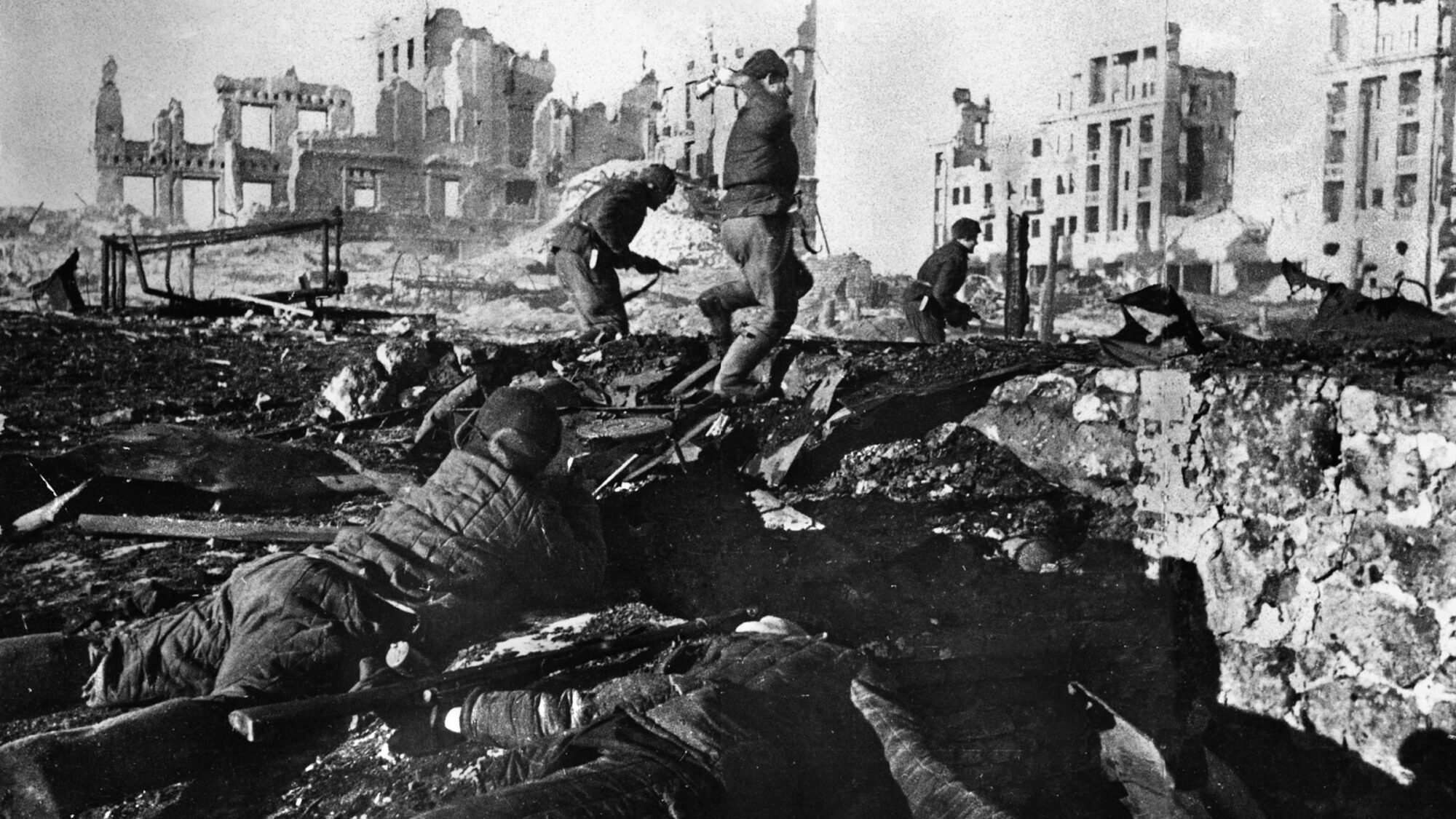
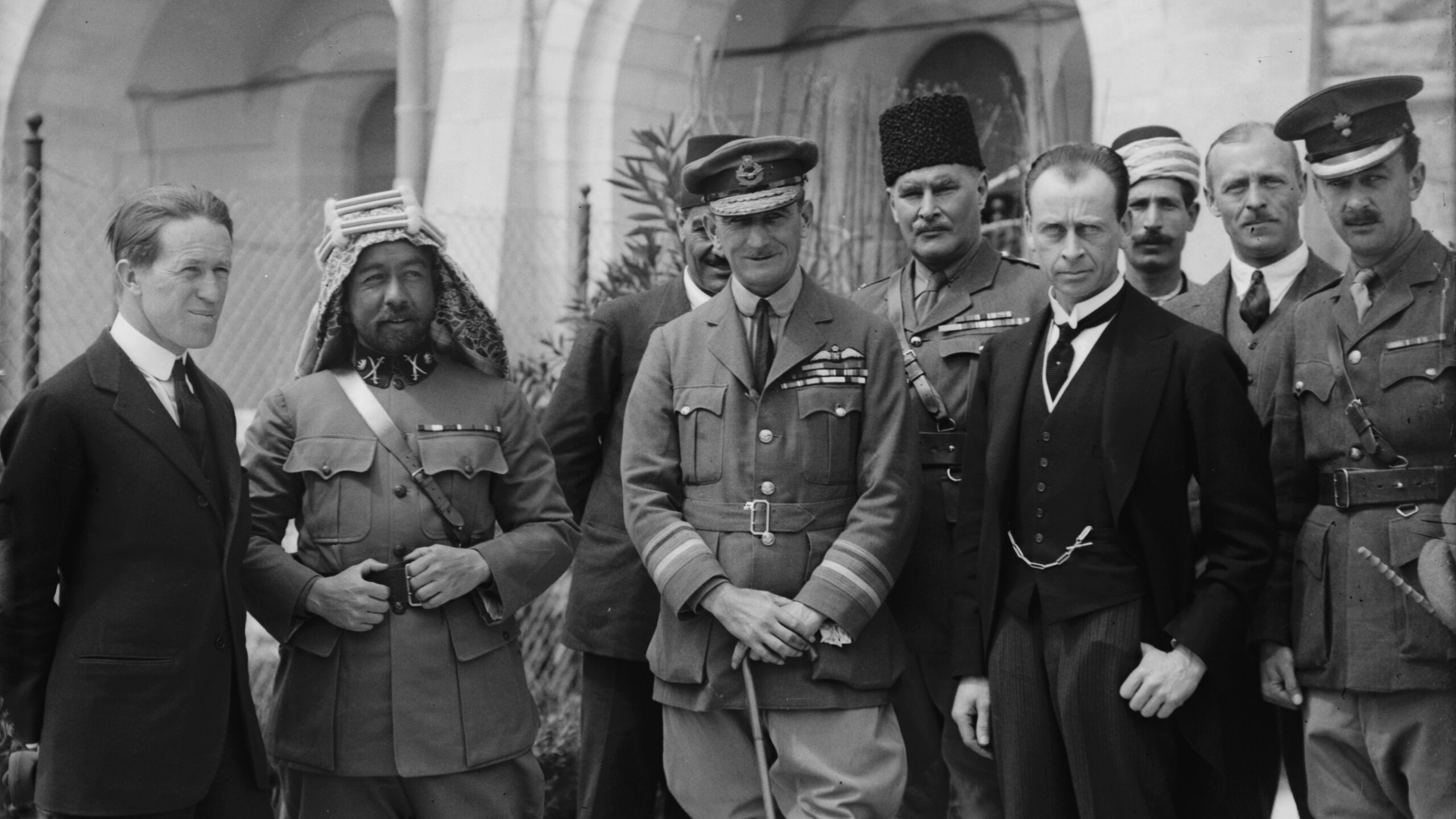
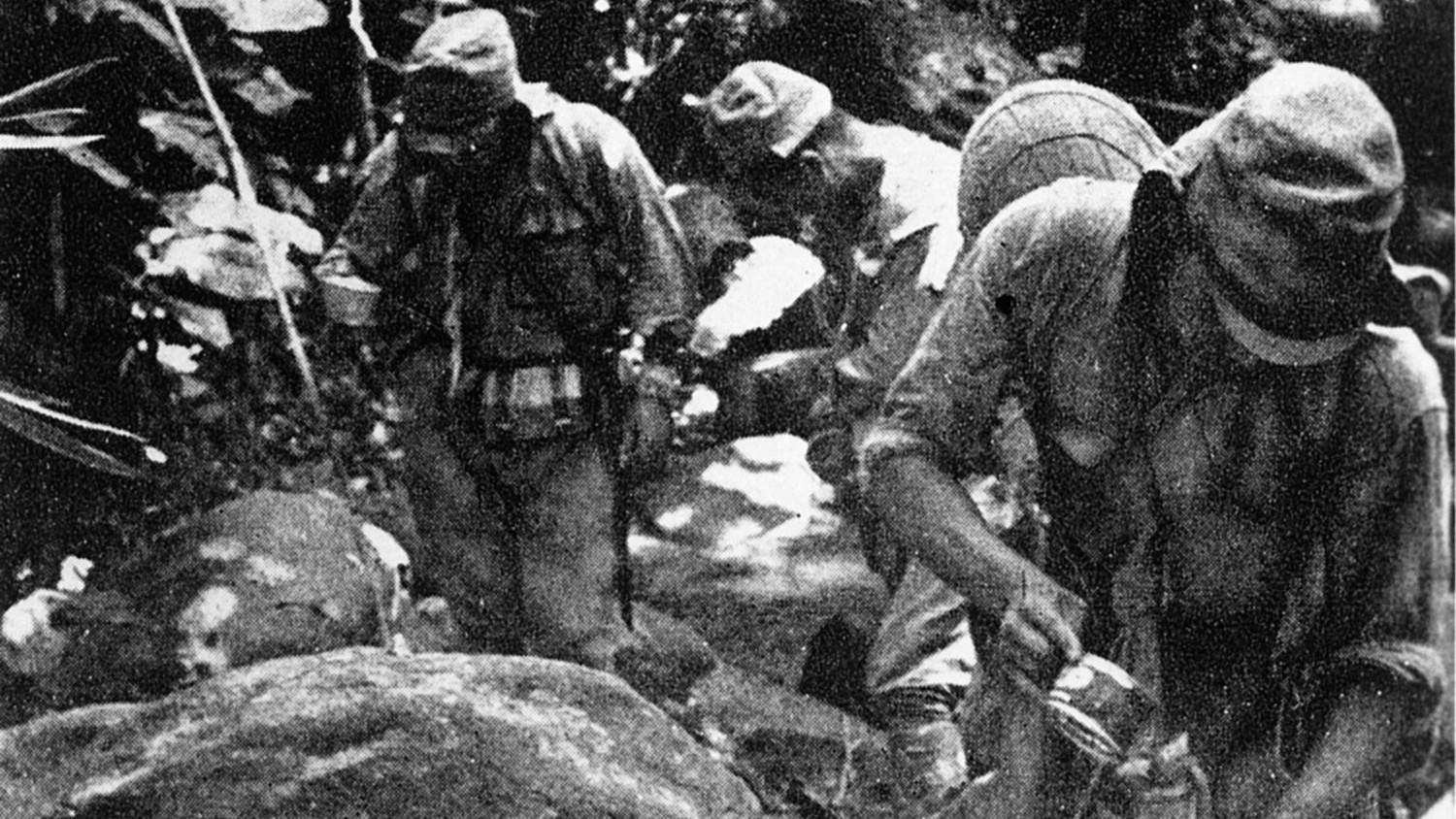
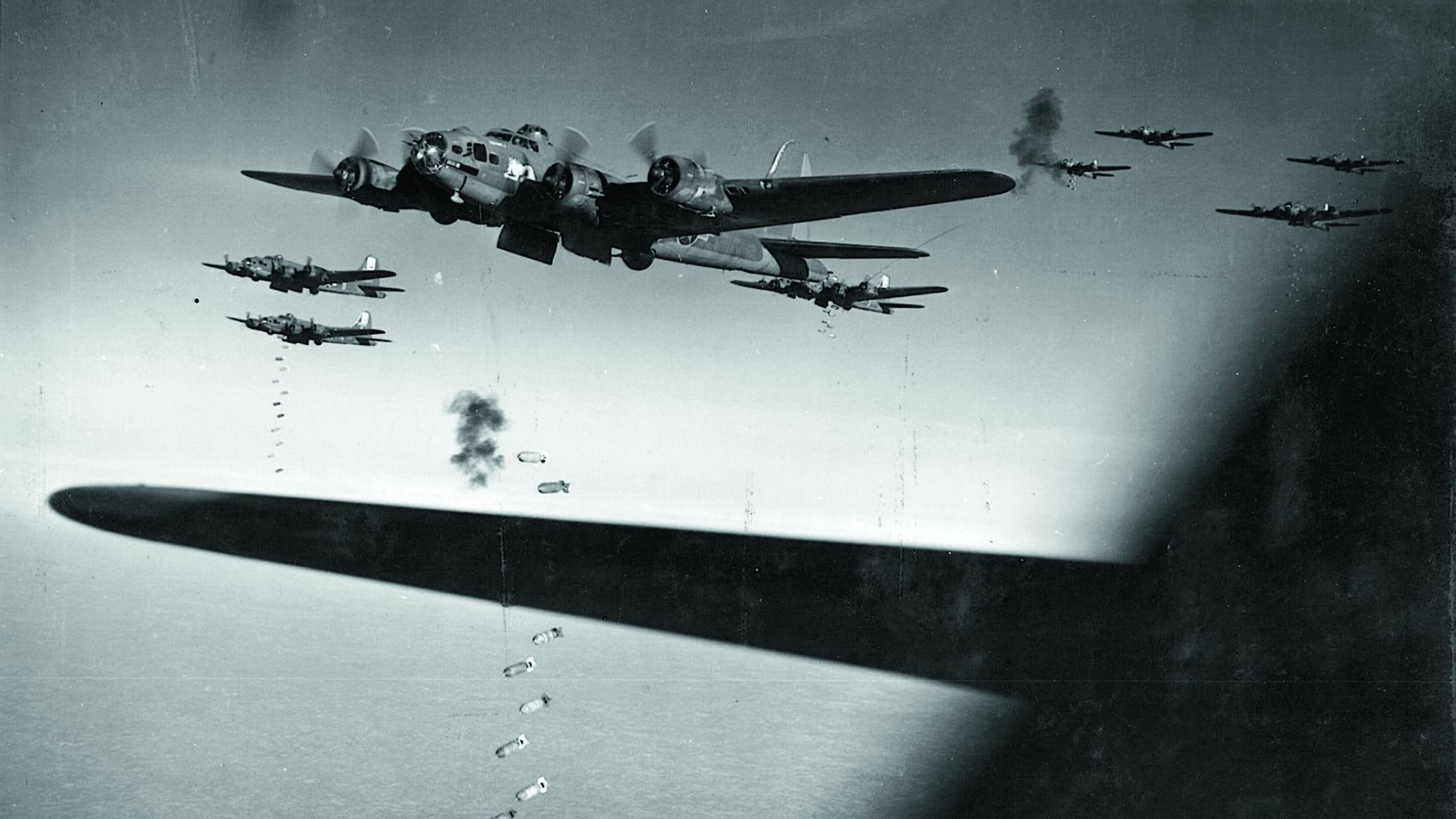
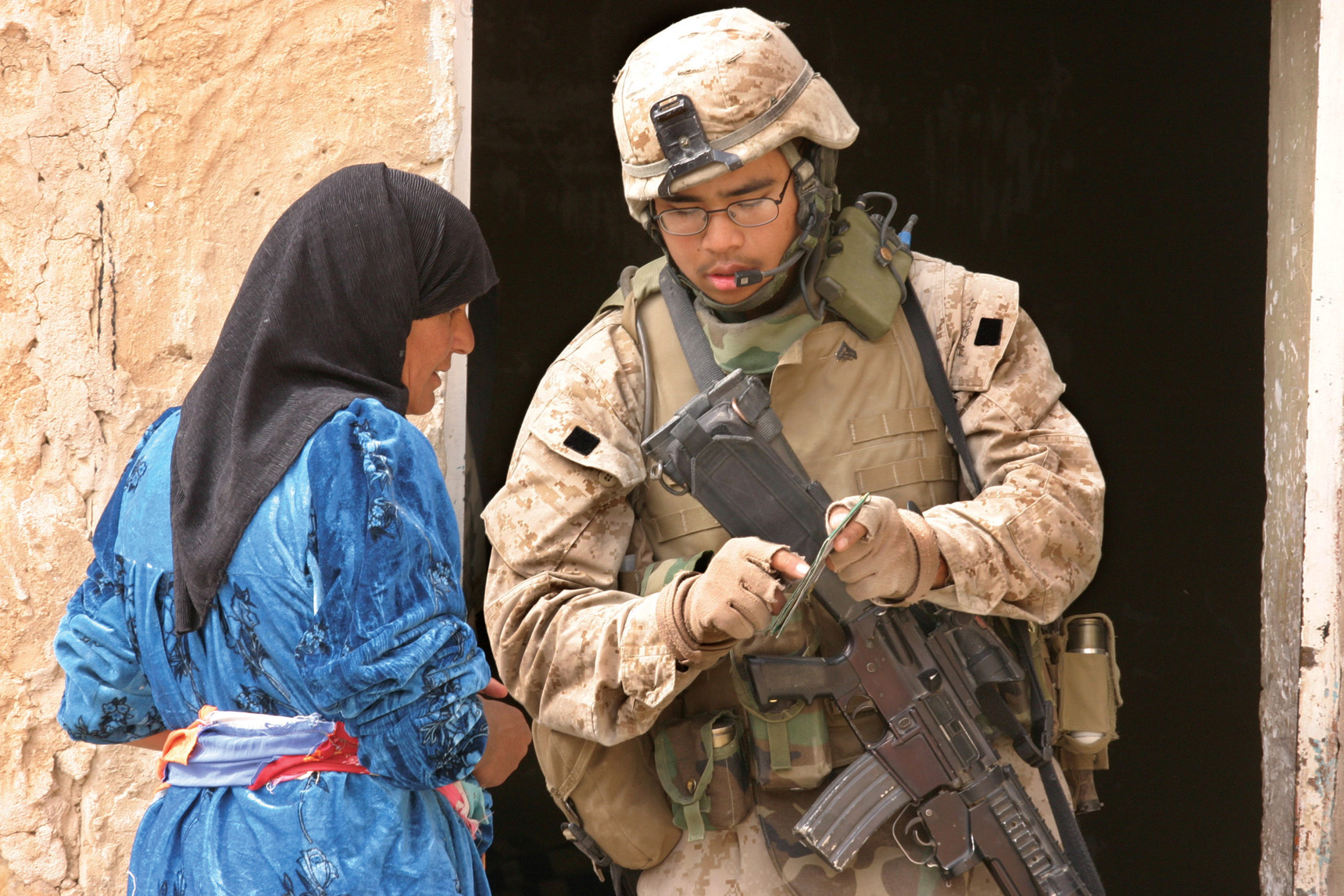
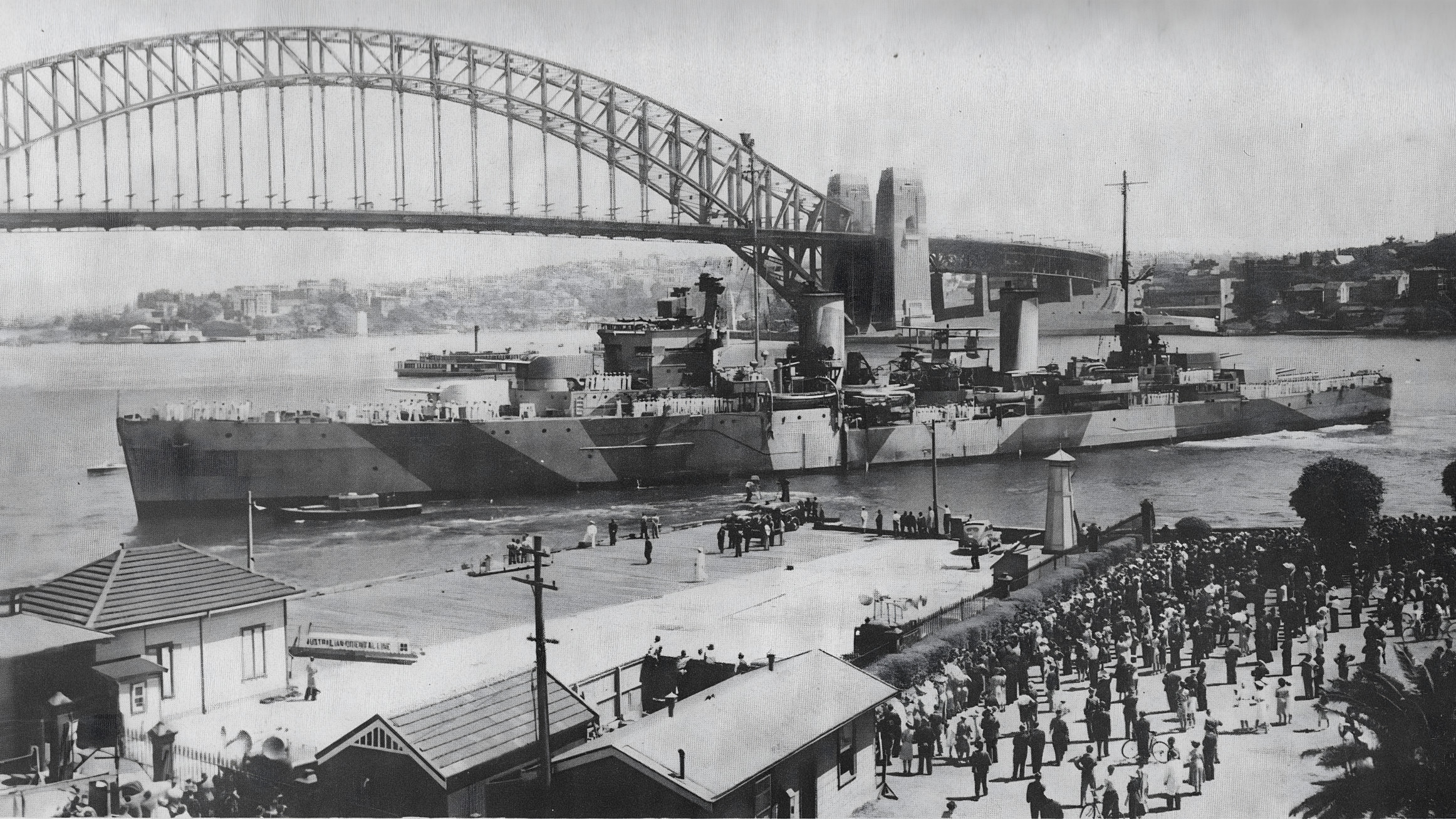
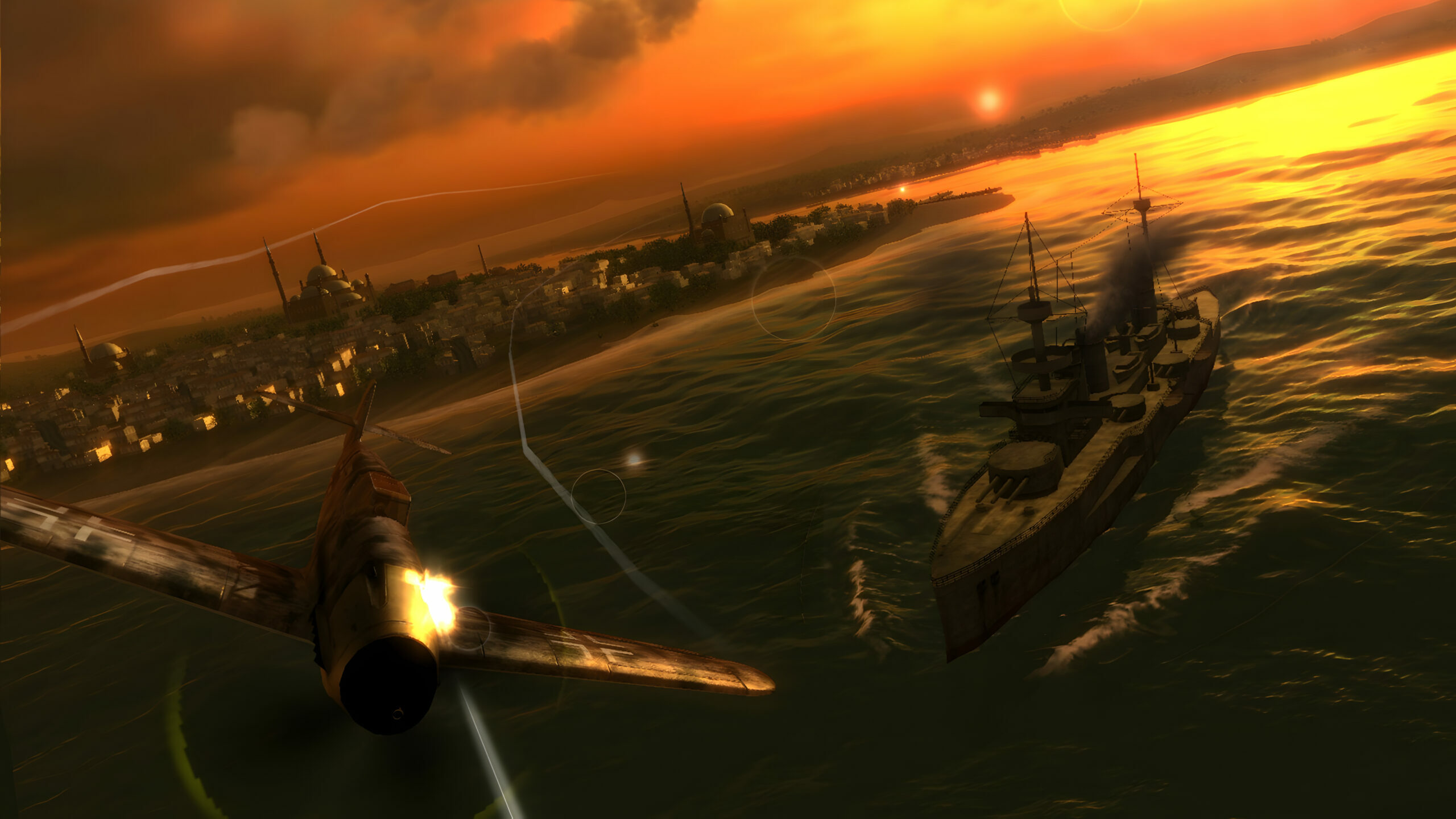
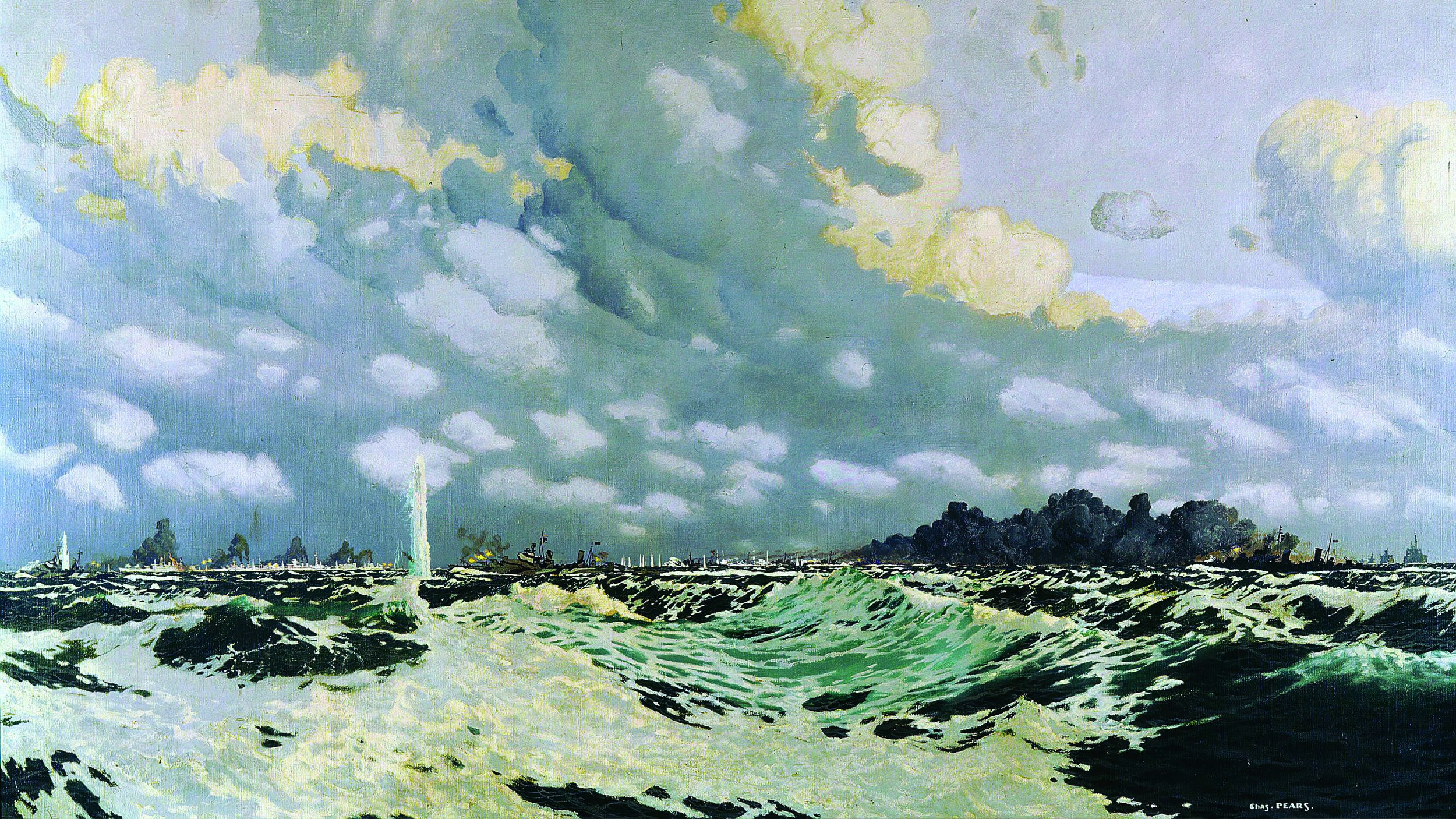
Join The Conversation
Comments
View All Comments